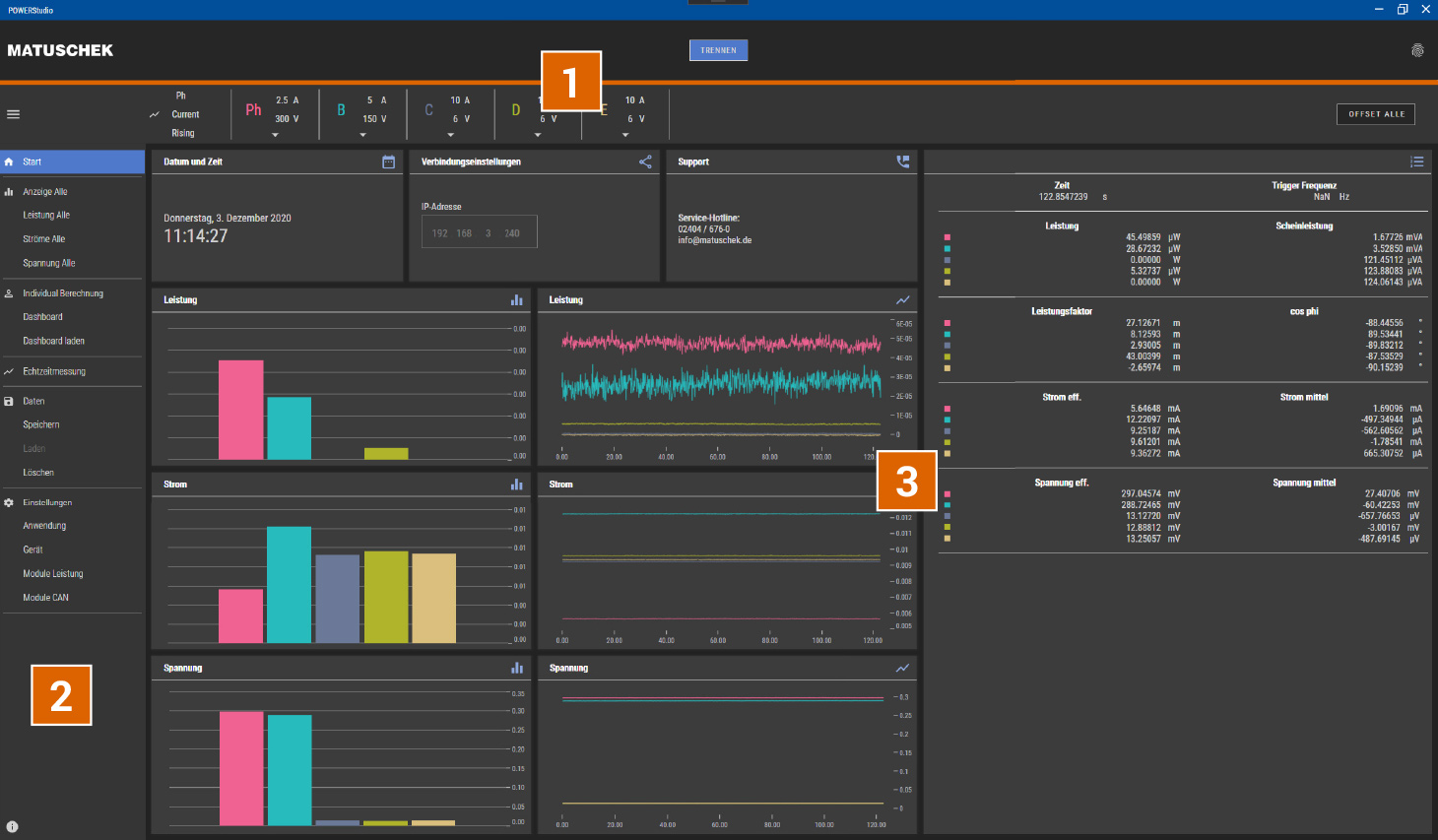Unlocking Insights: The Power of Modern Data Acquisition Systems
Unlocking Insights: The Power of Modern Data Acquisition Systems
Blog Article

In today's data-driven world, the ability to collect and analyze information efficiently is more crucial than ever. Data Acquisition Systems play a significant role in this landscape, enabling organizations to gather valuable insights from various sources. By capturing real-time data, these systems help businesses make informed decisions, optimize operations, and enhance their overall performance.
As technology continues to advance, the potential of modern data acquisition systems is expanding. From manufacturing and environmental monitoring to healthcare and smart cities, these systems are transforming how data is gathered and utilized. Understanding the power of these tools is essential for businesses looking to leverage data for competitive advantage and innovation.
Data Acquisition System
Understanding Data Acquisition Systems
Data acquisition systems are essential tools used to collect, measure, and analyze data from various sources. They are widely employed in industries such as manufacturing, environmental monitoring, and scientific research. The primary purpose of these systems is to convert physical phenomena, such as temperature, pressure, or light intensity, into a format that can be processed and understood by computers. This conversion process involves using sensors and transducers that capture real-world data, allowing for informed decision-making and analysis.
Typically, a data acquisition system comprises hardware and software components that work together seamlessly. The hardware includes sensors, signal conditioning equipment, and data converters, which transform analog signals into digital data. On the software side, specialized applications are designed to visualize, store, and interpret the collected data. This integration allows users to monitor processes in real-time and perform extensive data analysis to identify trends or anomalies.
The increasing importance of data-driven decision-making has propelled the development and adoption of modern data acquisition systems. With advancements in technology, these systems have become more efficient, cost-effective, and user-friendly. The ability to gather large volumes of data quickly and accurately offers organizations a competitive edge, making it critical to leverage the capabilities of data acquisition systems in various applications.
Key Features and Benefits
One of the most significant features of modern data acquisition systems is their versatility. These systems can collect data from a wide range of sources, including sensors, transducers, and software applications. This flexibility allows organizations to monitor various parameters like temperature, pressure, and vibration, enabling comprehensive analysis across multiple domains. With the ability to integrate both analog and digital signals, data acquisition systems facilitate real-time data collection that is essential for decision-making processes.
Another essential benefit is the capability for advanced analytics. Modern data acquisition systems often come with built-in data processing tools that allow users to visualize, analyze, and interpret the collected data efficiently. This empowers organizations to identify trends, anomalies, and patterns quickly, improving responsiveness and operational efficiency. Furthermore, the integration of machine learning capabilities within these systems enhances predictive maintenance and aids in optimizing performance over time.
Lastly, the scalability of data acquisition systems provides a significant advantage for organizations looking to grow. As data needs evolve, these systems can be expanded with additional modules or upgraded software to accommodate increasing data volume and complexity. This adaptability not only reduces the need for complete overhauls but also allows organizations to stay aligned with technological advancements and market demands, ensuring long-term investment value.
Future Trends in Data Acquisition
The future of data acquisition systems is poised to be shaped by advancements in artificial intelligence and machine learning. These technologies enable systems to not only collect data but also analyze it in real time, allowing for more informed decision-making processes. Organizations will increasingly leverage predictive analytics to anticipate trends and outcomes based on historical data, enhancing operational efficiency and reducing downtime.
Another significant trend is the rise of the Internet of Things (IoT), which is facilitating the collection of vast amounts of data from an array of connected devices. As more industries adopt IoT solutions, data acquisition systems will need to evolve to manage the influx of diverse data types. This connectivity offers opportunities for improved monitoring and control across various applications, from smart manufacturing to environmental monitoring.
Data privacy and security will continue to be paramount as data acquisition systems become more integrated with daily operations. Organizations will need to focus on developing robust cybersecurity measures to protect sensitive data from breaches. Additionally, compliance with data protection regulations will drive innovations in how data is collected, stored, and shared, ensuring that systems not only become more effective but also more secure.
Report this page